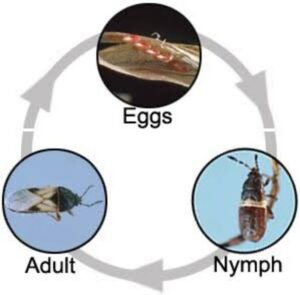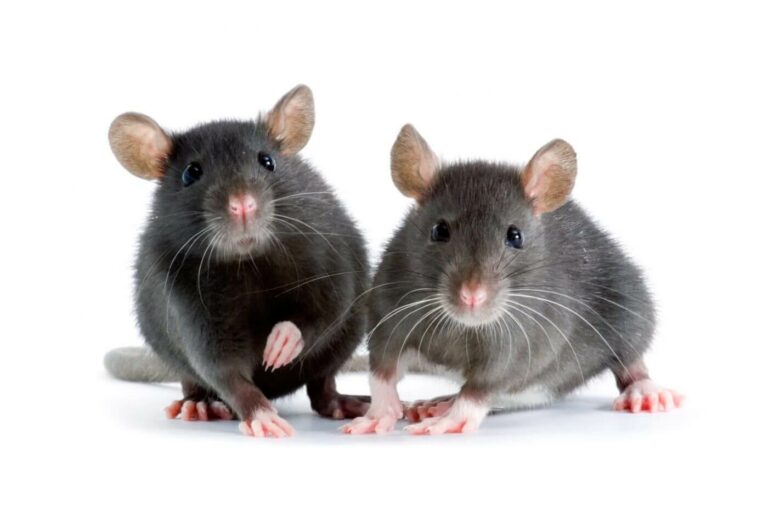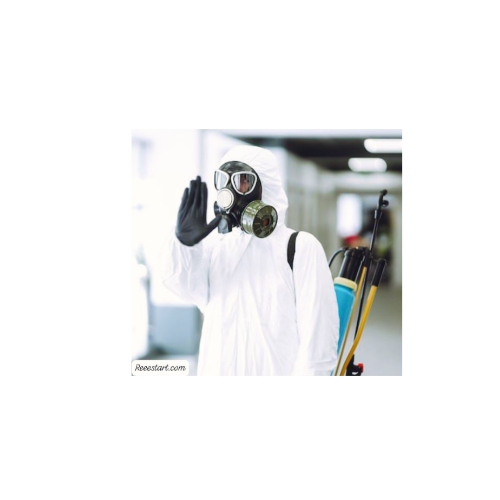Insect Metamorphosis is very important understanding, In the dynamic urban environment of Dubai, pest control engineers face unique challenges due to the diverse and often resilient pest populations. Effective pest management requires more than just surface-level solutions; it demands a deep understanding of pest biology and behavior, Metamorphosis is the remarkable process insects undergo as they develop from eggs into adults.
Insect Metamorphsis
Metamorphosis, the process by which insects transition through various developmental stages, directly influences their control and eradication. By mastering the different types of insect metamorphosis, pest control engineers in Dubai can implement more precise and effective strategies. This knowledge not only enhances the efficiency of pest control measures but also contributes to the safety and sustainability of pest management practices.
This guide provides a comprehensive overview of insect metamorphosis types, offering essential insights for pest control professionals seeking to optimize their pest management approaches in Dubai.
Types of Insect Metamorphosis
Understanding insect metamorphosis is crucial for professionals working in pest management to apply integrated pest management practices effectively and avoid negative impacts on humans, animals, or the environment from pesticide use. Here’s a detailed explanation of the types of metamorphosis in insects:
Classification of Insects by Metamorphosis
Insects are classified based on their developmental stages from egg to adult into several types:
Ametabolous or Simple Metamorphosis
- Description, The insect emerges from the egg similar to its adult form, except for incomplete development of reproductive organs and some morphological differences (e.g., size, number of sensory hairs).
- Example, Wingless insects like silverfish.
Hemimetabolous or Incomplete Metamorphosis
- Description, The insect hatches from the egg resembling the adult but lacking fully developed wings and reproductive organs. The juvenile stage is known as a nymph. Through several molts, the nymph gradually develops into an adult insect.
- Subtypes, Gradual Metamorphosis (Paurometabola): The nymph gradually resembles the adult insect in successive stages.
- The nymph lives in the same habitat and feeds on the same food as the adult.
- Example, Grasshoppers, cockroaches, bed bugs.

Abrupt Metamorphosis (Archimetabola):
- The transition from nymph to adult occurs suddenly. The nymph lives in a different environment from the adult.
- Example, Mayflies, where nymphs live in water with gills, while adults live in the air.
Holometabolous or Complete Metamorphosis
- Description, The insect undergoes four distinct stages: egg, larva, pupa, and adult.
- Larva, A mobile, feeding stage that grows and molts.
- Pupa, A non-feeding, inactive stage where significant internal and external changes occur to become an adult.
- Example, Cotton caterpillar.
Detailed Description of Holometabolous Metamorphosis
- Egg, The initial stage from which the insect hatches.
- Larva, Often worm-like and feeds voraciously, significantly different in appearance and diet from the adult.
- Pupa, An inactive stage where the insect undergoes transformation into the adult form.
- Adult, Emerges fully formed with wings and functional reproductive organs.
- The transformation from larva to adult involves a pupal stage where the insect undergoes significant changes. The larva and adult often occupy different ecological niches and have different food sources, which helps reduce competition between life stages.
Importance of Understanding Insect Metamorphosis
For anyone involved with pesticides or pest management, knowing the life stages of insects is crucial for choosing the right pesticide and implementing effective pest control measures. It helps in targeting the specific developmental stage that needs control and ensures the safety of humans and animals from pesticide exposure.
Historical Perspective on Insect Metamorphosis
Early theories about insect development included misunderstandings, such as William Harvey’s idea that larvae and adults were separate creatures. However, later research by scientists like Jan Swammerdam demonstrated that insects undergo a series of developmental stages, confirming that larvae, pupae, and adults are phases of a single organism.
Evolutionary Insights
The earliest insects did not undergo metamorphosis and hatched as miniature adults. Metamorphosis likely evolved to reduce competition between juvenile and adult stages by exploiting different resources.

Modern research suggests that the transformation from incomplete to complete metamorphosis involved genetic and hormonal changes that allowed larvae to feed and develop in ways distinct from their adult forms.
In summary, insect metamorphosis is a complex and varied process that reflects evolutionary adaptations for survival and resource use. Understanding these processes is vital for effective pest management and environmental protection.




